Operation Overlord, with its landing phase that was code-named Neptune, became known as one of the crucial events of the Second World War, for it marked the beginning of the liberation of France and paved the way for the liberation of the whole of Western Europe.
However, while the iconic invasion is usually associated with the American landing forces, Canadian involvement in the conflict sometimes remains unfairly neglected, although they were the third biggest contributor to the Allied war effort, second only to the British.
The first minutes of the battle proved to be the bloodiest, with the Germans determined to hold their ground.
This is partly due to the fact that the beachhead codenamed “Omaha,” which was designated for landing by U.S. troops, took the heaviest toll in terms of casualties.
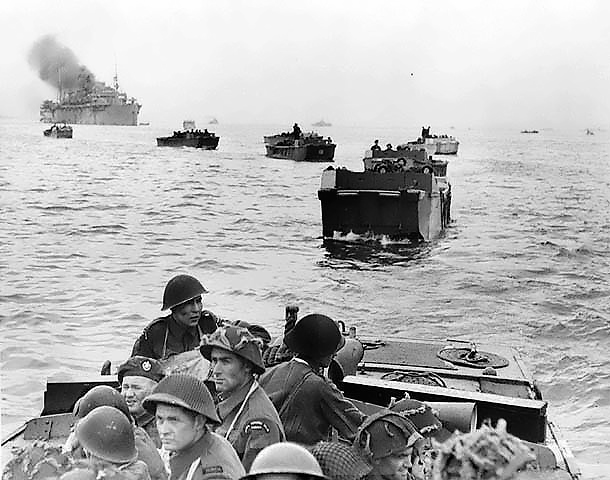
Some sources claim that the invasion forces there suffered more than 5,000 dead and wounded.
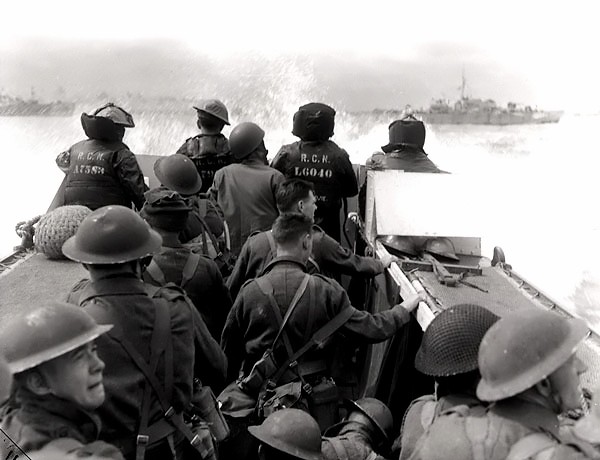
On the other hand, the Canadians entrusted with capturing and holding “Juno” beach played a crucial role in connecting the British beachheads “Gold” and “Sword,” thus forming a united foothold on the beaches of Normandy.
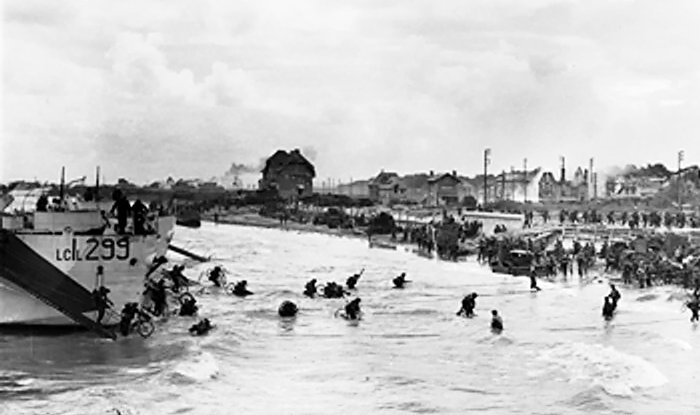
In order to fulfill their task, the Canadians amassed a formidable force of 14,000 soldiers supported by 110 warships, as well as 15 aircraft of the Royal Canadian Air Force. The ground forces were part of the 3rd Canadian Infantry Division, led by Major General Rodney Keller.
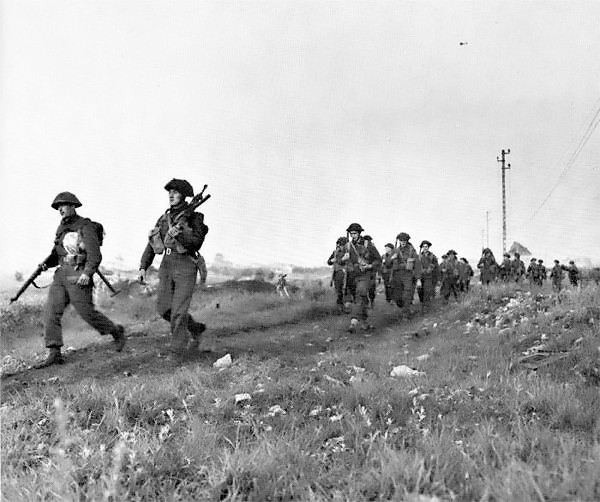
Their objective: cut the Caen-Bayeux road, seize the Carpiquet-airport west of Caen, and finally form a link between the two British beaches on their flanks.
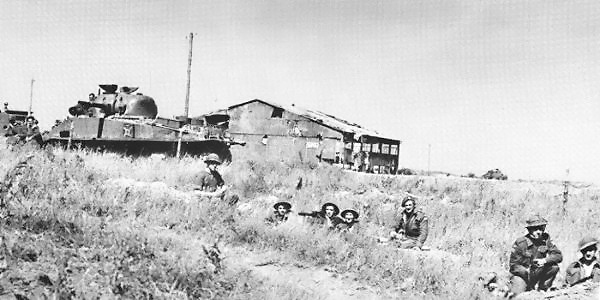
Just before midnight on June 5th, the Canadian Royal Air Force began bombing runs on German coastal defenses. However, due to poor visibility, their efforts barely scratched the infamous Atlantic Wall in the Juno sector.
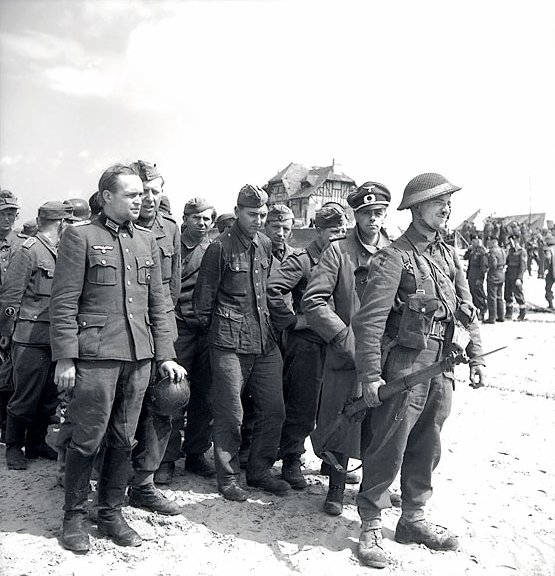
On the morning of the following day, the first landing force, consisting of the men of the Royal Winnipeg Rifles and The Queen’s Own Rifles of Canada, was set to wreak havoc in coordination with other Allied troops along the coast of Normandy.
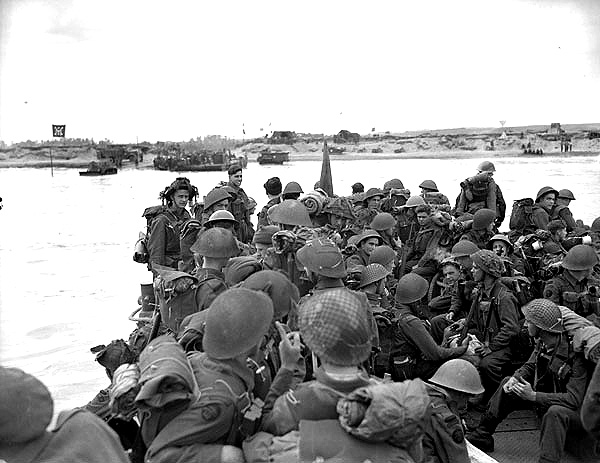
They were immediately met with harsh resistance from two battalions of the Germans’ 716th Infantry division, which were later joined by elements of the 21st Panzer Division stationed near Caen.
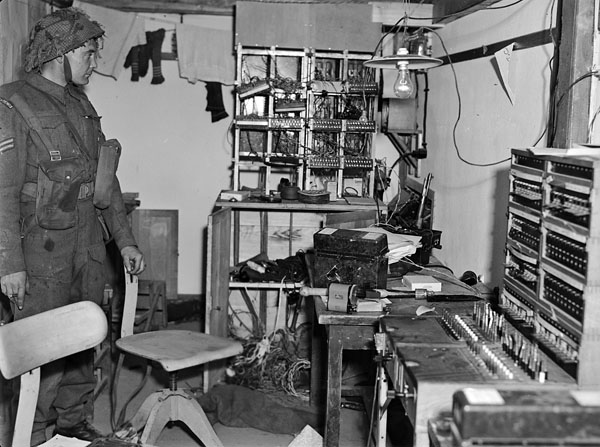
The first minutes of the battle proved to be the bloodiest, with the Germans determined to hold their ground.
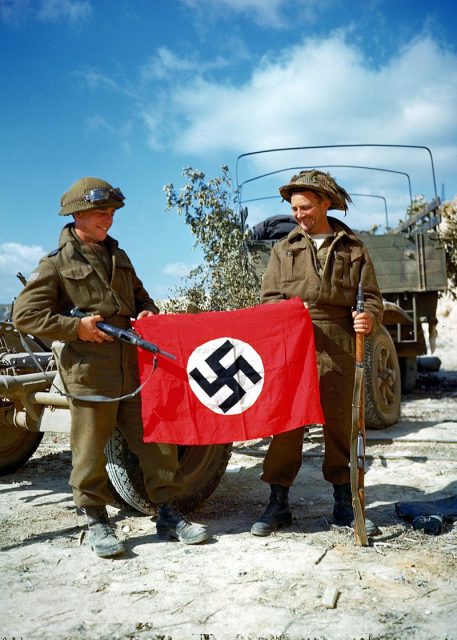
As the landing progressed the Canadians were able to turn the battle in their favor, but at a heavy price. While the estimated total of Allied casualties during the first phase of the campaign is numbered around 10,000, 1,074 belonged to the Canadian Army.
Read another story from us: A Mad Major: The Canadian Hero Who Captured A City
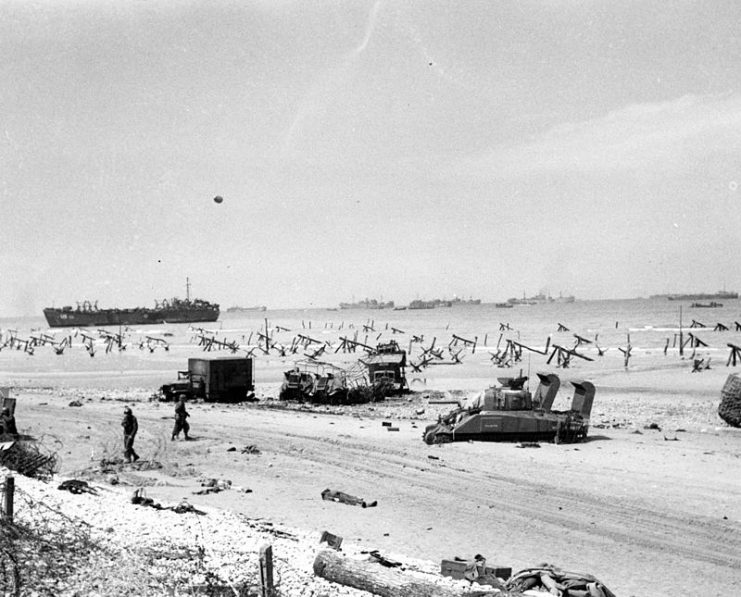
Out of that 1,074 personnel, 359 gave their lives fighting on Juno beach, thus opening a front in Western Europe which proved to be the beginning of the end for the Third Reich.
